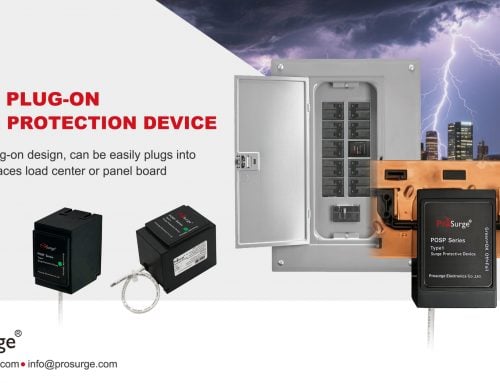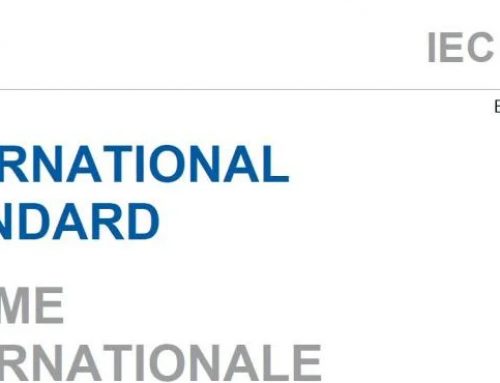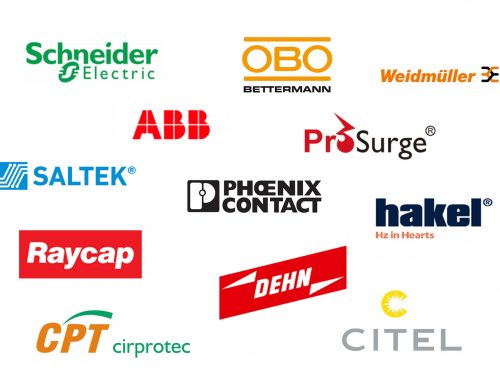It is impossible to prevent voltage surges from either entering your facility or from occurring inside of your facility. When protecting a facility against transients, the best approach is a networked or cascaded approach. As shown in the graphic below, The Institute of Electrical and Electronics Engineers (IEEE) has developed three categories that every facility can be divided into, location Category A, B and C. See IEEE Standard C62.41.1 and C62.41.2 for further reference.

Category A: outlets/receptacles and long branch circuits (indoor) (least severe)
• All outlets at more that 10m (30 ft) from Category B
• All outlets at more than 20m (60 ft) from Category C
Category B: feeders, short branch circuits and service panels (indoor)
• Distribution panel devices
• Bus and feeder distribution
• Heavy appliance outlets with “short” connections to service entrance
• Lighting systems in large buildings
Category C: outside overhead lines and service entrance (outdoor)
• Service drops from pole to building
• Runs between meter and panel
• Overhead lines to detached building
• Underground lines to well pump
Location Category C devices can be used in place of location Category A or B devices, but generally this is not necessary.





